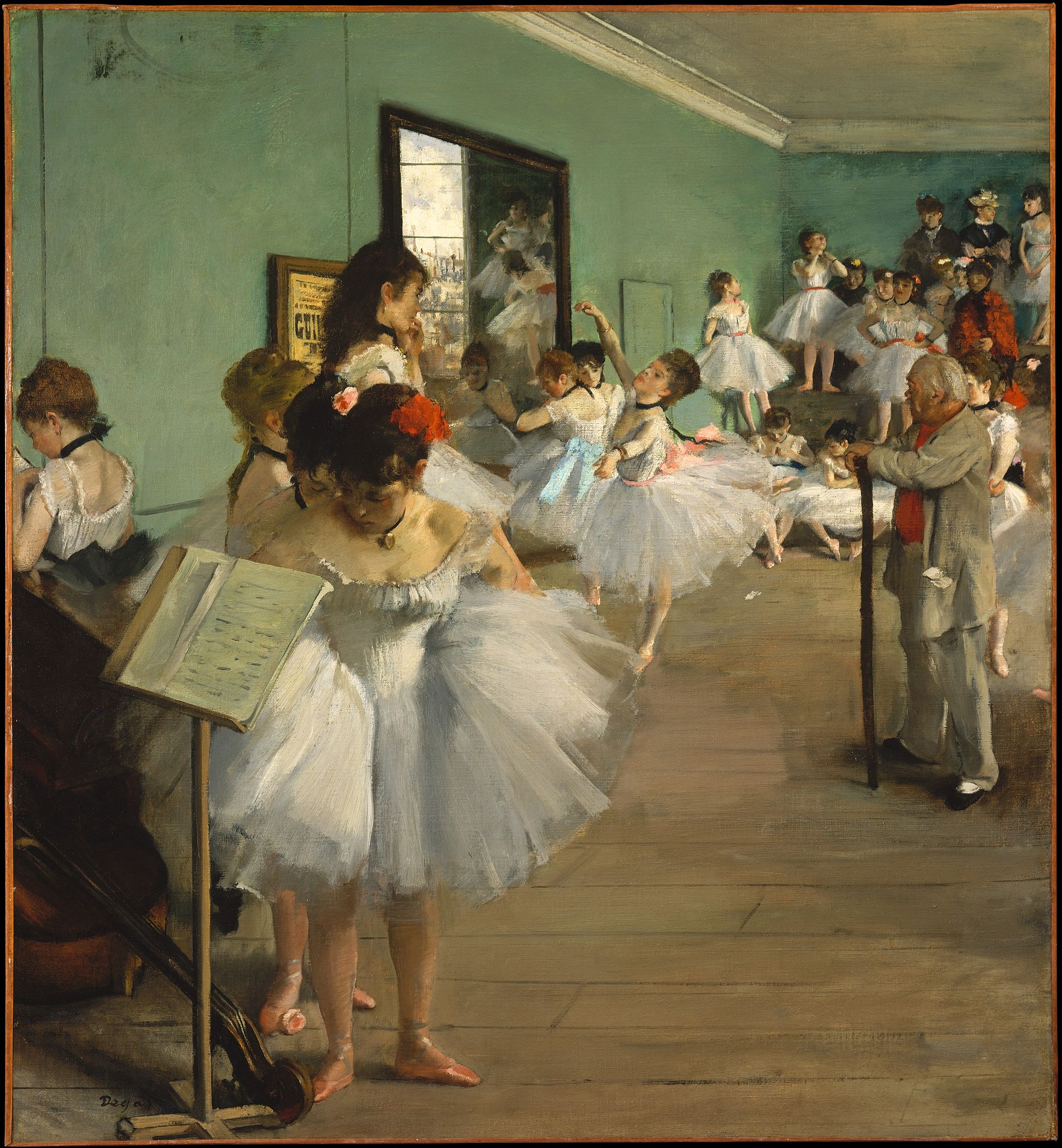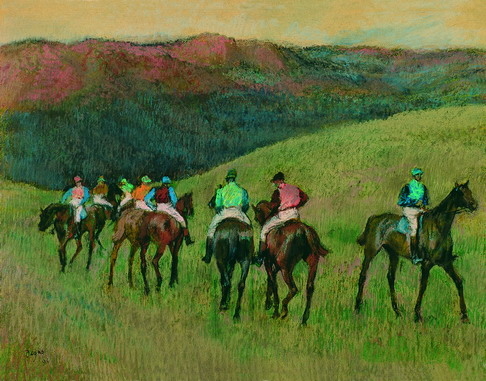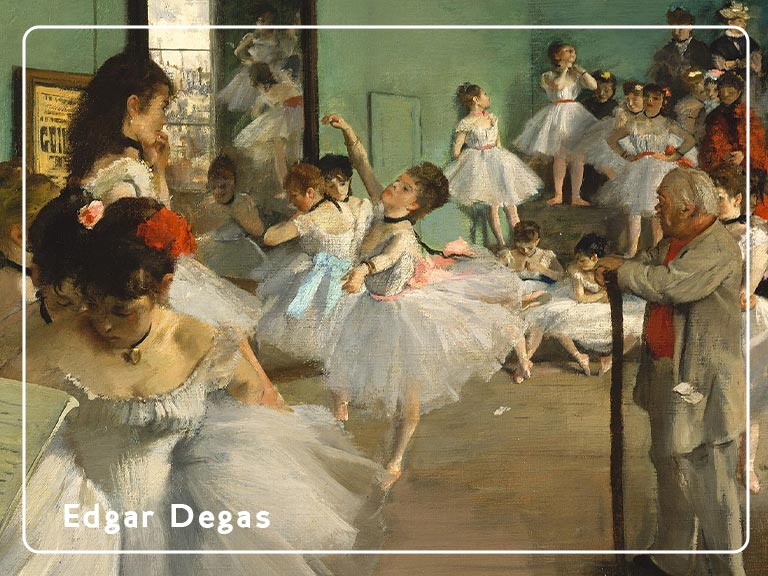Edgar Degas, a prominent figure in the Impressionist movement, left an indelible mark on the art world with his innovative approach to capturing movement, light, and the everyday moments of life. Born on July 19, 1834, in Paris, Degas became renowned for his ability to depict the human form in motion and his meticulous attention to detail. In this blog post, we will delve into the life and influences of Edgar Degas, as well as explore four of his most famous works, where they are displayed, and their artistic significance.
Edgar Degas was born into a wealthy family and initially intended to pursue a career in law. However, his passion for art prevailed, and he enrolled at the École des Beaux-Arts in Paris, where he studied under the guidance of Louis Lamothe. Degas drew inspiration from a wide range of sources, including classical art, Japanese prints, and the works of his contemporaries, such as Édouard Manet and Gustave Courbet.
Degas’ keen interest in capturing the fleeting moments of modern life led him to frequent Parisian cafes, theatres, ballet studios, and horse races. These experiences served as rich sources of inspiration for his artwork, which often depicted dancers, horse racing scenes, and intimate glimpses into the lives of ordinary people.
“The Dance Class” (1874):
“The Dance Class” is an iconic work by Degas that showcases his fascination with ballet dancers and their rigorous training. The painting captures a group of ballerinas in various poses, highlighting their grace and dedication. This piece can be admired at the Musée d’Orsay in Paris, where it stands as a testament to Degas’ ability to convey movement and the intricacies of the human form.

“The Little Fourteen-Year-Old Dancer” (1881):
“The Little Fourteen-Year-Old Dancer” is a groundbreaking sculpture by Degas that defied traditional artistic conventions. This three-dimensional piece portrays a young ballet dancer in a pose of rest, capturing both her innocence and the physical demands of her craft. The original sculpture, made of mixed media, can be viewed at the National Gallery of Art in Washington, D.C.

“Racehorses in a Landscape” (1869-1872):
“Racehorses in a Landscape” exemplifies Degas’ fascination with horse racing, a subject he explored throughout his career. The painting depicts jockeys and their horses in action, rendered with vibrant colors and dynamic brushstrokes. This masterpiece is housed at the Musée d’Orsay, allowing viewers to appreciate Degas’ ability to convey movement, tension, and the energy of the racetrack.

“The Absinthe Drinker” (1876):
“The Absinthe Drinker” offers a glimpse into the underbelly of Parisian society during the late 19th century. The painting portrays a lone figure, lost in contemplation, sitting in a café with a glass of absinthe. This work, known for its somber atmosphere and evocative portrayal of isolation, can be found at the Musée d’Orsay, inviting viewers to reflect on the human condition.

Edgar Degas’ contributions to the art world extend far beyond his mastery of technique and subject matter. His experimental use of composition, his ability to capture fleeting moments, and his emphasis on the human figure in motion revolutionised artistic representation. Degas’ influence on subsequent generations of artists, particularly in the realms of modern and figurative art, cannot be overstated.
Today, his works are celebrated and displayed in prestigious institutions worldwide. The Musée d’Orsay in Paris, the National Gallery of Art in Washington, D.C., and numerous other museums house Degas’ masterpieces, allowing visitors to experience firsthand his revolutionary artistic vision.
Edgar Degas, with his keen eye for capturing movement, light, and the essence of modern life, remains a pillar of the Impressionist movement. His meticulous attention to detail and innovative approach continue to inspire and influence artists and art enthusiasts, ensuring his enduring legacy in the art world.
If you would like to receive a roundup of all of our blog posts once a week to keep you inspired in your inbox, why not sign up to our newsletter. You can access our sign up at the top of our page. If you are a London Art College student and you would like your artwork featured here, drop us a line at any time.

